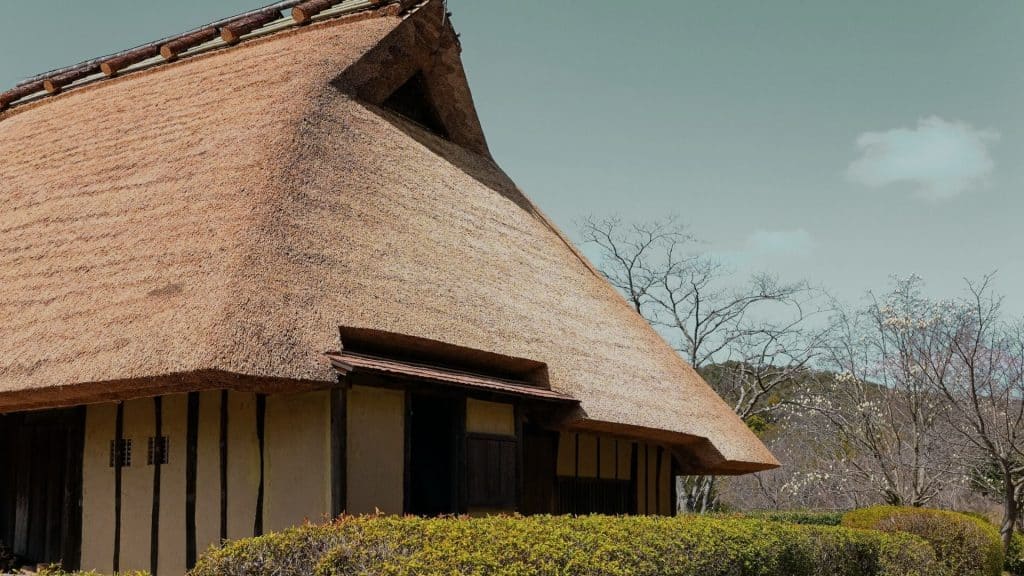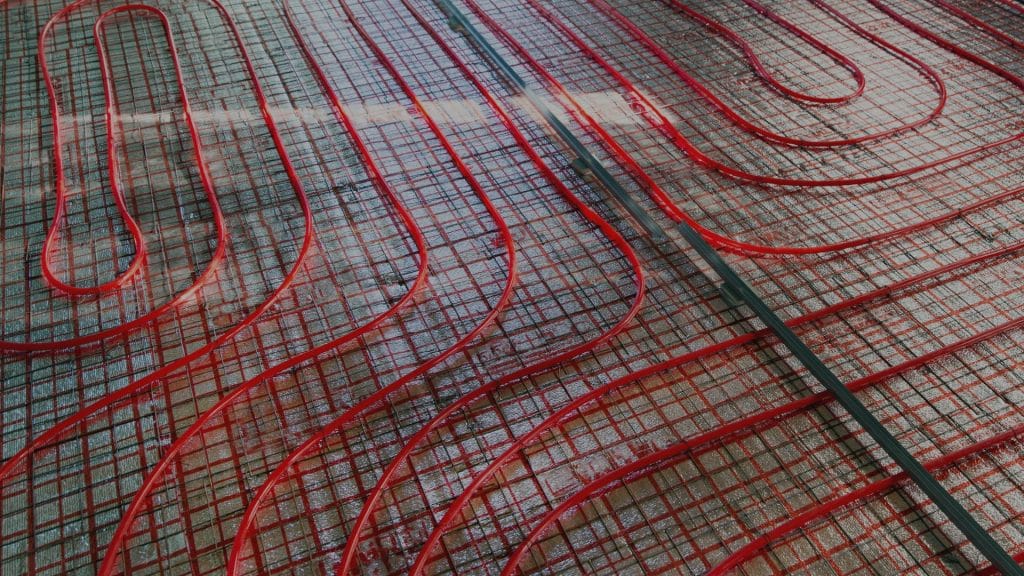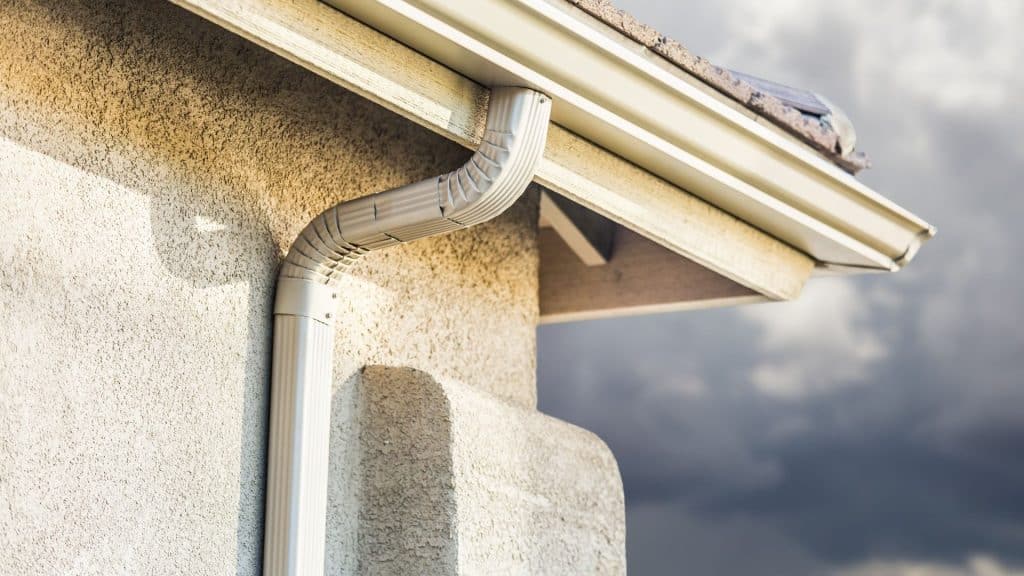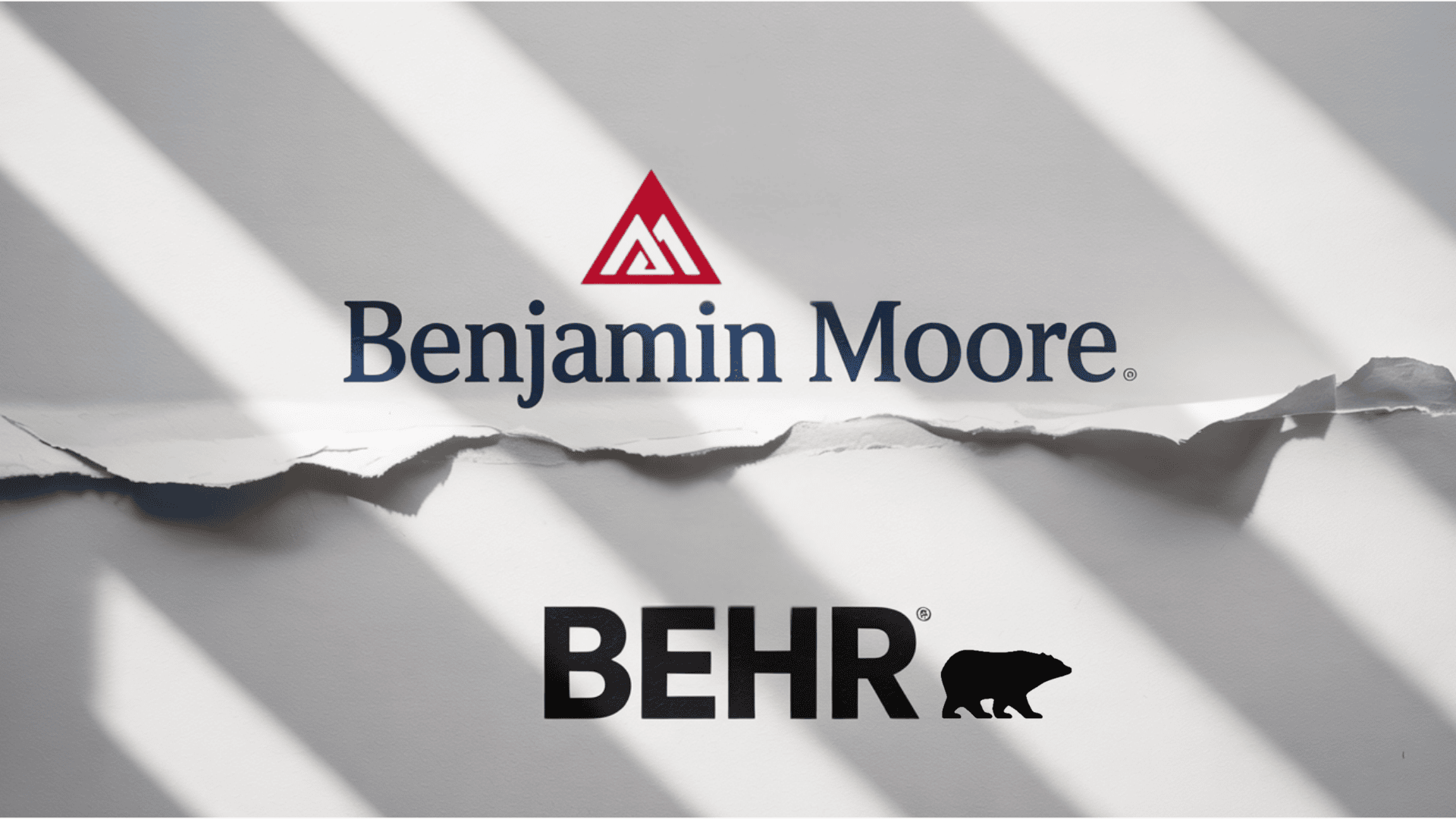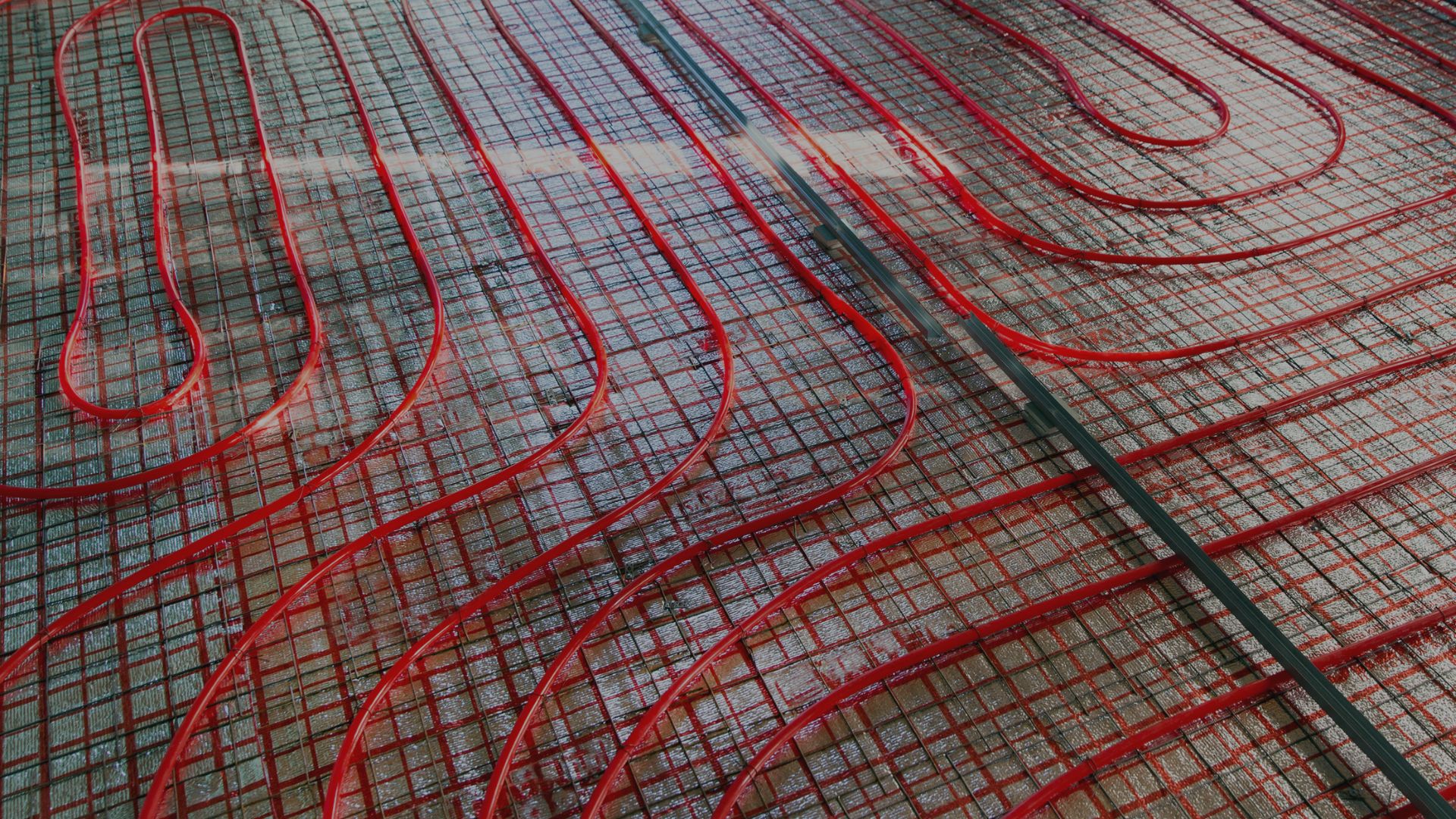Have you ever wondered how many years a thatched roof can protect your home?
This traditional roofing style has been used for centuries across different cultures and continues to charm homeowners today.
Many people are drawn to its rustic appeal and timeless beauty. But durability questions often come up when considering this classic option.
Getting accurate information helps you make smart decisions for your property.
Thatched roofs bring a unique character that modern materials simply cannot match. Yet they work differently from standard roofing systems.
In this blog, I’ll show you how long thatched roofs last, what factors affect their durability, and how to properly maintain them for years.
What Is a Thatched Roof?
A thatched roof uses natural plant materials layered tightly to create a waterproof covering. Common materials include water reed, wheat straw, and long straw.
This roofing style dates back thousands of years and remains popular in rural areas. Natural materials provide excellent insulation for homes throughout the seasons.
Thatched roofs showcase traditional charm and craftsmanship unmatched by today’s synthetic roofing options. Installation requires precision to ensure proper water drainage at the correct angles.
Advantages of thatched roofing include
- Excellent natural insulation that keeps homes warm in winter and cool in summer.
- Environmentally friendly option using renewable and biodegradable materials.
- Unique visual appeal that adds character and value to properties.
- Natural soundproofing qualities that reduce outside noise.
Average Lifespan of A Thatched Roof

The typical lifespan of a thatched roof ranges between 20 to 40 years, depending on various conditions.
Water reed roofs generally last longer than straw options. Quality installation and regular maintenance significantly extend the roof’s life.
Different parts of the roof wear at different rates over time. The ridge typically needs to be replaced every 10 to 15 years. The main body of thatch can last much longer with proper care.
Key lifespan factors include
- Water reed thatching typically lasts 25 to 40 years.
- Combed wheat reed usually lasts 25 to 35 years.
- Long straw roofs generally last 15 to 25 years.
- Ridge sections require more frequent replacement than main areas.
Regular professional evaluations can detect wear early and keep your roof in good condition. Professional thatchers can assess your roof’s condition and recommend necessary repairs.
Factors That Affect How Long a Thatched Roof Lasts
Several important elements determine the longevity of your thatched roof. These factors help you protect your investment and plan for maintenance needs.
Quality of Materials Used
The type and quality of thatching material directly impact roof lifespan. Premium water reed sourced sustainably lasts significantly longer than lower-quality alternatives and resists decay better.
Roof Pitch and Design
Steeper roof pitches allow water to run off quickly, reducing moisture retention and damage. A pitch of at least 50 degrees is recommended for optimal drainage and longevity.
Climate and Weather Conditions
Heavy rainfall, strong winds, and extreme temperatures accelerate wear on thatched roofs. Roofs in mild, dry climates last considerably longer than those in wet regions or coastal areas.
Installation Quality
Expert craftsmanship during installation ensures proper layering and material compaction. Poorly installed roofs develop weak spots that allow water to penetrate and lead to premature failure.
Regular Maintenance Practices
Consistent upkeep significantly extends the life of your thatched roof. Removing moss, debris, and fixing small issues prevents larger problems. Neglected roofs deteriorate much faster.
Maintenance Tips for Longer Roof Life
Proper maintenance extends your thatched roof’s lifespan and prevents expensive repairs. Follow these practical tips to keep your roof in excellent condition.
- Remove moss and algae growth regularly, as they trap moisture and cause decay.
- Trim overhanging tree branches that drop leaves and block sunlight from reaching the thatch.
- Clear debris from gutters and valleys to ensure proper water drainage away from the roof.
- Schedule professional inspections every two years to catch problems before they worsen.
- Apply approved treatments to protect against fire and discourage birds from nesting.
Signs Your Roof Needs Repair
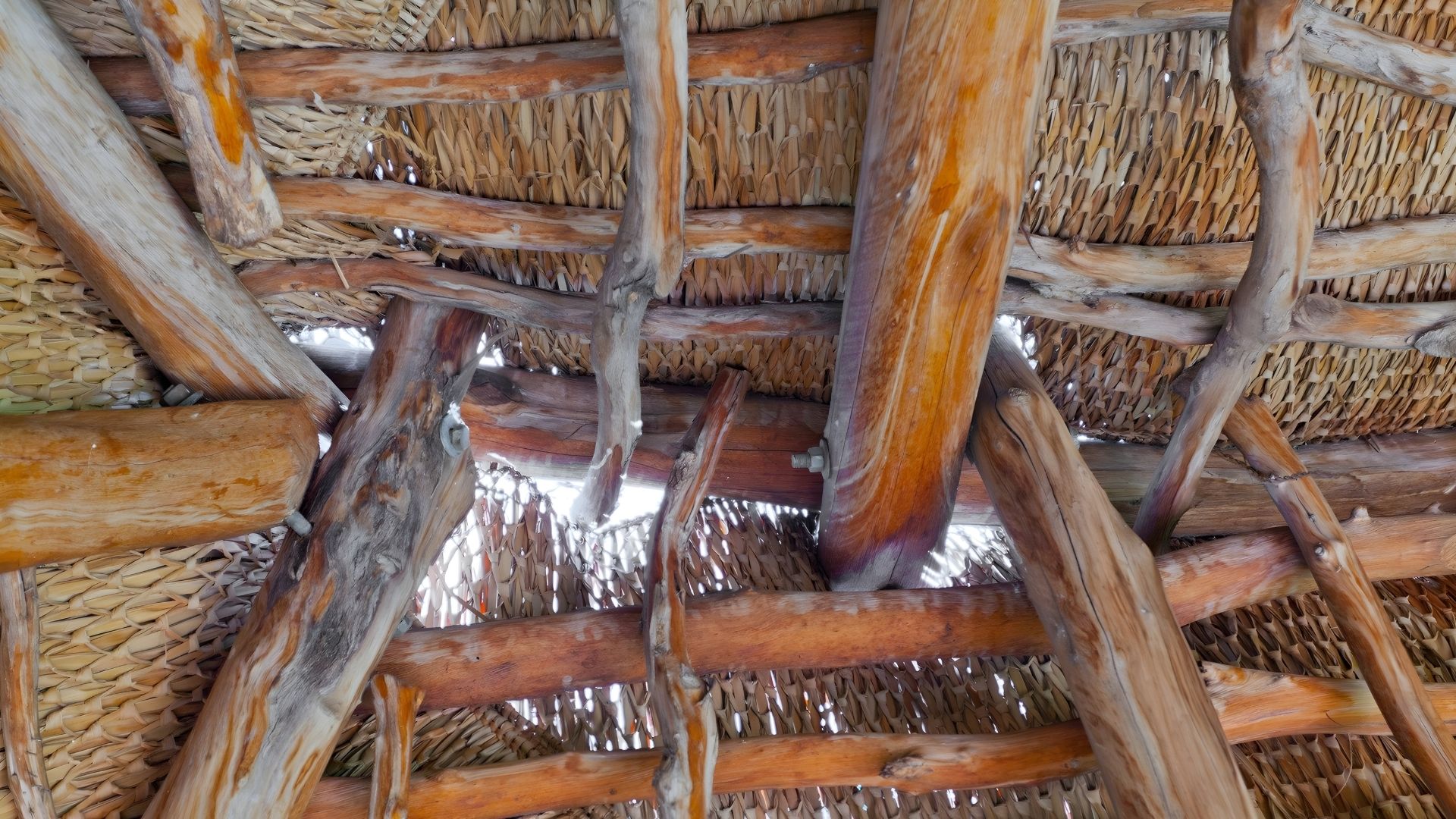
Recognizing early warning signs helps you address issues before major damage occurs. Watch for these indicators that your thatched roof needs professional attention.
- Visible thinning or bare patches: Areas where the thatch has worn through expose the underlying structure to weather damage.
- Sagging or uneven surfaces: Dips and low spots indicate structural problems or material compression that needs immediate repair.
- Moss and algae growth: Excessive green growth signals moisture retention and poor drainage, which accelerate deterioration.
- Water leaks inside: Stains on ceilings or walls indicate that the thatch no longer provides adequate waterproofing.
- Bird or rodent damage: Holes and disturbed areas create entry points for water and pests, which can cause further harm.
How Much Does a Thatched Roof Cost?
A new thatched roof typically costs between $15 to $30 per square foot installed. This translates to $30,000 to $60,000 for average homes.
- Material choice significantly impacts the total installation price
- Ridge replacement every 10 to 15 years adds $3,000 to $8,000
- Annual maintenance costs run approximately $500 to $1,500 for inspections and repairs
- Insurance premiums may be higher due to fire risk concerns
These ongoing expenses maintain the roof’s integrity and appearance over time. Energy savings from natural insulation can offset some of the maintenance costs.
Many homeowners find the distinctive beauty and character of the home worth the investment. The unique appeal adds significant value to properties despite higher maintenance requirements.
Wrapping It Up
To summarize, thatched roofs offer a timeless roofing solution that combines beauty with functionality.
This traditional method continues to attract homeowners who value natural materials and classic style. While they require specific care approaches, the results speak for themselves.
Your decision should balance personal preferences with practical considerations for your property. The investment delivers a natural elegance that enhances your home’s appeal and individuality.
Working with skilled professionals ensures you get the best results possible.
Your local weather, available funds, and daily routines all influence whether this style works for you. The right decision comes down to your priorities.
How long has your thatched roof been serving you, or are you considering one for your property? Share your questions or experiences below.

